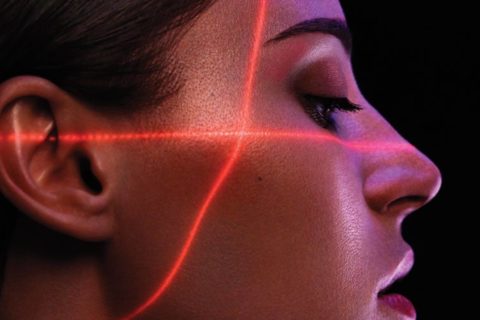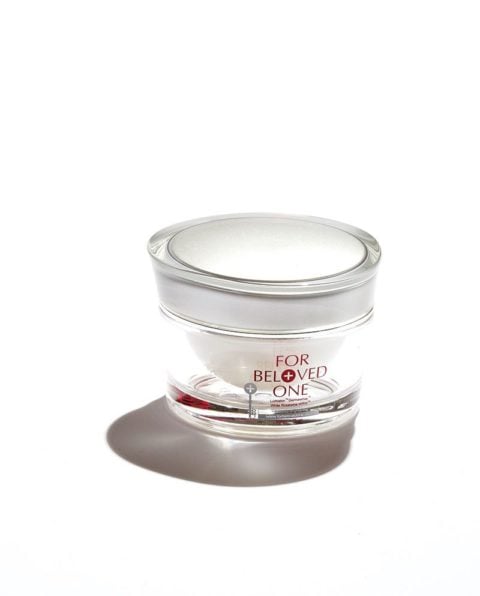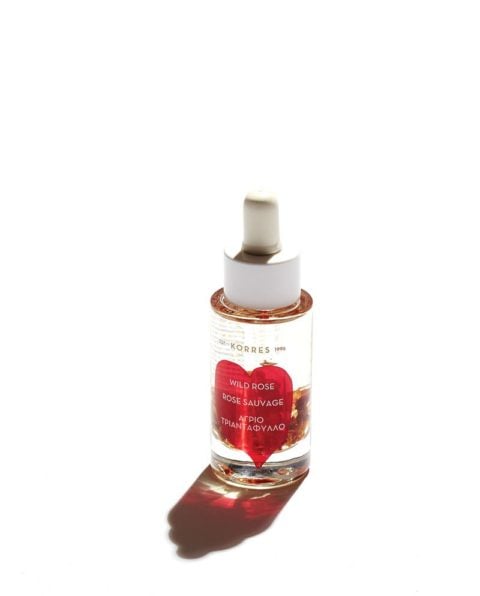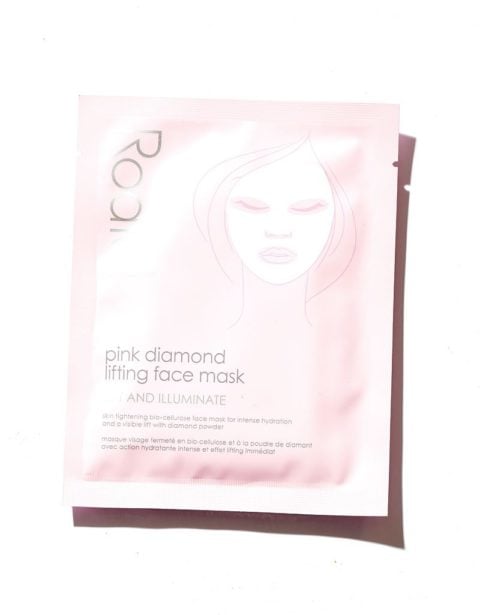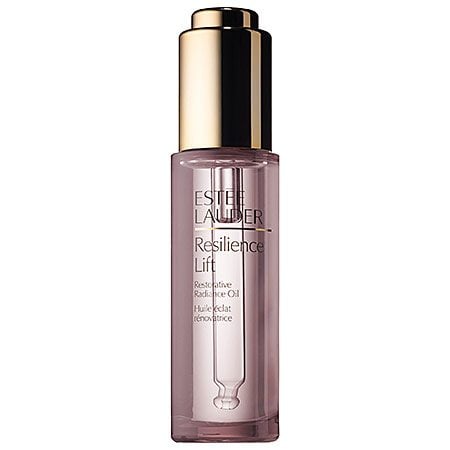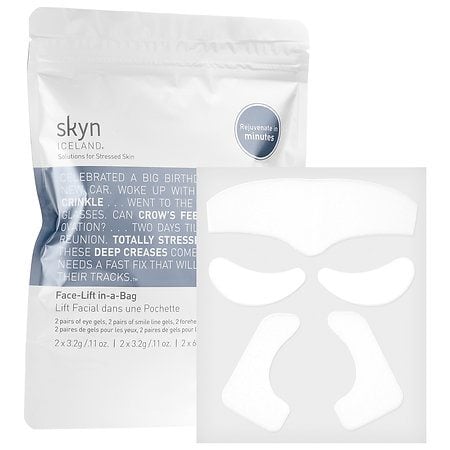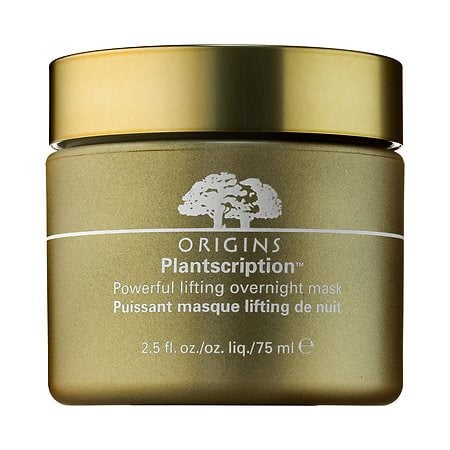Everything You Need to Know About Collagen-boosting Skin Treatments
If you’re nearing the tipping point in skin dullness and tautness, it might be time to call in the big guns. Caroline Gault is ready to get lit.
I have a love-hate relationship with Snapchat. I struggle to navigate the interface (much like my mother battles with copy and paste). There is one selfie filter, however, that fascinates me: It enlarges my eyes, slims my face and makes my skin creamier. It brightens my cheeks, fades the laugh lines around my eyes and removes the blemishes (one particular dark spot—sun damage—on my left cheek and another just below my bottom lip). It’s a virtual flashback to my younger self, when I was carefree and backpacking around Europe for the summer. I am glowing.
But when the filter changes, I’m reminded immediately that time has passed. I fumble around to get back to the home screen—fast.
“Did you get a sunburn at the beach when you were five years old?” asks Richard Deasson, owner and head chemist at OptaDerm in Vancouver. I mean, didn’t we all? He tells me that this damage starts to show up in one’s 30s. In the reflection of a mirror, I’m certainly seeing it. But I’ll admit that up until now I’ve been skeptical, albeit naive, when it comes to most skin-resurfacing and collagen-boosting procedures.
“Look at it this way: You don’t go to a fitness class for three months and then never [exercise] again for the rest of your life and expect to be fit,” says Deasson. “It’s all about care and maintenance, because it’s our body. If you have a problem, like a brown spot, you can take it away, but it’s going to come back. It’s the same as when you exercise and then eat lots of cookies, you’re going to gain weight. You must always look at laser as part of your maintenance.”
Beyond regularly using sunscreen and exfoliants, at OptaDerm clients in their 20s, 30s, 40s and beyond seek “movie star” skin primarily through three laser treatments that stimulate the dermal and epidermal regeneration we lose naturally over time. Intense pulsed light (IPL) targets red and brown discoloration within the skin and near the collagen tissue. Depending on the client’s condition—from broken blood vessels to sunspots to rosacea—the light is customized to each area and recovery requires minimal downtime.
Deasson also uses Fraxel (a portmanteau of “fraction” and “pixel”), which pushes columns of heat into fractions of the skin, promoting a natural healing process to rebuild sun-damaged and aging skin. Much like Photoshop (and not so different than the Snapchat filter), this non-ablative laser moves pixel by pixel, as if from one epidermal cell to the next.
“We can vary the heat depending on the skin we’re working on,” says Deasson. “If it’s around the mouth, where the skin is heavier, then we can go deeper into the skin. If it’s around the eyes, of course, we want to go thinner and lighter.”
Then there’s Q-switched laser technology (a common treatment for tattoo removal), which uses ultra-short beams of pulsed energy—setting the joules to reach whatever depth the area requires—to resolve epidermal and dermal pigment, improve pore structure and brighten skin’s overall appearance. Due to the quick exposure of energy, it can be more comfortable than IPL or Fraxel. However, “When you look at the movie stars on the red carpet,” says Deasson, “they’ve done a whole series of all three of [these lasers].”
A light Fraxel treatment once a year keeps collagen plumped up, while the Q-switched laser would provide an “extra special hit” leading up to, say, a wedding or, dare I say, a movie star red carpet. For a year-long series of skin treatments, Deasson recommends budgeting $2,000.
At Gidon Aesthetics & MediSpa in Toronto, Dr. Martie Gidon proposes Clear + Brilliant laser, a mild maintenance treatment that requires just 24 hours of downtime (consider it a step up from IPL but not as intense as Fraxel). Ideal for stimulating collagen in young people, it treats millions of microscopic zones to refresh your skin from the inside out. Follow it up with OxyGeneo, a treatment that uses a brightening exfoliator and serum, and the result is immediate: smooth, glowing skin, says Gidon.
Thermage radio frequency remains the gold standard for skin tightening and lifting, adds Gidon, who has been offering the procedure for 12 years. Only one treatment is required and it’s more economical than other devices that require multiple treatments. A “mini facelift,” Thermage firms skin on the face and neck using heat that tightens the existing collagen and stimulates collagen growth. It also shrinks oil glands, reducing acne and skin oiliness, refining pores and minimizing scars. Combine Thermage with laser treatments well in advance of that red carpet event and movie star skin isn’t so far-fetched.
The novelty of seeing myself virtually filtered will undoubtedly fade. But I’ve moved my Snapchat icon to the home screen. It’s time to face the technology—on my phone and my skin.

